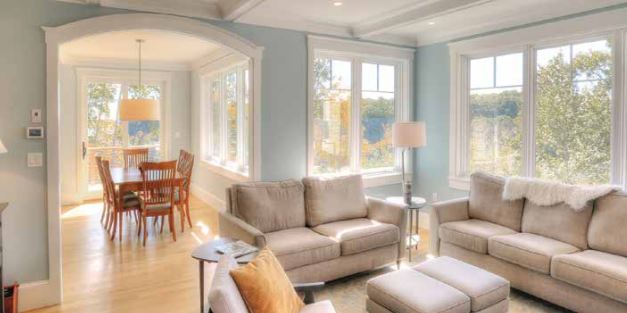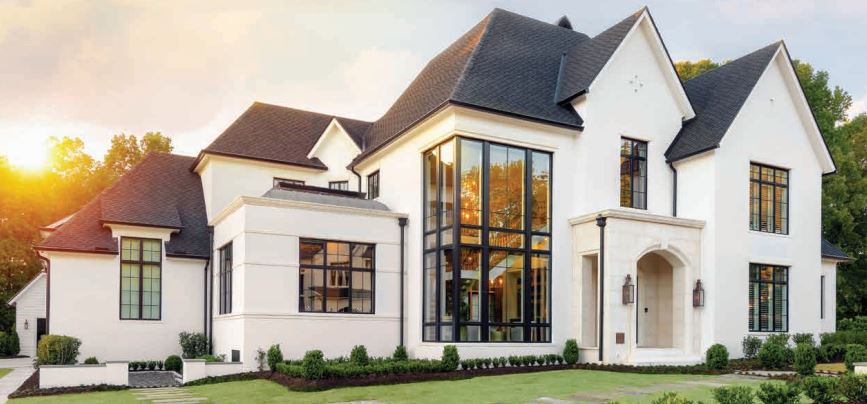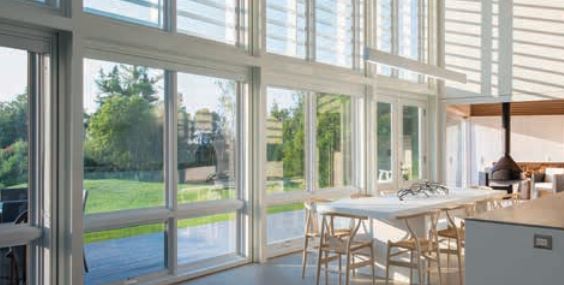How Long Do Replacement Windows Last?

Keep Your Replacement Windows Clean
November 11, 2019
Why Are My Windows Drafty?
November 25, 2019When considering replacement windows in San Jose, CA, one of the questions that is most often asked is how long you can anticipate that they will last. Replacement windows are a significant home improvement investment, so you want to ensure that the investment is one that will last for a long time.
Durability of replacement windows is a key factor in determine what their lifespans should be. The materials used to manufacture the frames of your replacement windows is an important aspect of their durability.
Aluminum is one of the materials that is used in replacement window frames. It is a very strong structural material that will ensure that your replacement windows have a long lifespan (30-40 years). However, one of the drawbacks of aluminum is that it does not have the kind of insulating qualities that other replacement window frame materials possess, so you will not experience the kinds of energy savings that some other types of materials will give you.
Wood has always been a traditional replacement window frame material. It gives you a very classic look, and wood can be customized more easily, because you have it engraved with intricate patterns and you can have it painted any color you desire. Replacement windows with wood frames can last up to 20 years. However, wood is particularly susceptible to moisture and humidity, which can damage replacement window frames, and wood must be maintained regularly to ensure that warping and rotting doesn’t occur.
Vinyl is a very popular replacement window frame material. It is both energy efficient and durable (20-30 years), and it can be custom-made to match any color or it can have a laminated wood grain texture to make it look like wood. Vinyl is virtually maintenance-free, so there is very little work that you will be require to do to your replacement window frames that are manufactured with this material.
Another aspect that affects the longevity of replacement windows is the glass part of the window. Several properties of glass can be measured and analyzed for how energy efficient the glass in replacement windows is.
One of these properties is the U-factor. The U-factor is the rate at which the window conducts non-solar heat flow. This number is usually described in units of Btu/hr-ft2-oF. You will find this number on the Energy Star or NFRC label on the window replacement. The lower the U-factor of the glass is, the more energy efficient it is, and the longer the replacement window will last.
Another property of glass that can be measured is the solar heat gain coefficient (SHGC). This number quantifies how much solar radiation the glass in a replacement window will allow to pass through it. This number can also be found on the replacement window’s Energy Star or NFRC label.
The lower the SHGC of the replacement window, the less solar heat it will transmit. The higher the SHGC of the replacement window, the more solar heat it will transmit. What you’ll need to determine is which SHGC is most effective for your overall annual climate. If you live where temperatures are cooler throughout the year, then you’ll want a replacement window with a high SHGC. If you live in a climate where temperatures are warmer during the year, then you’ll want a replacement window with a low SHCG.
To learn more about replacement windows in San Jose, CA, you can talk with our expert team at California Custom Creations. You can call us at (408) 316-6293 to make an appointment for a free in-home consultation.




